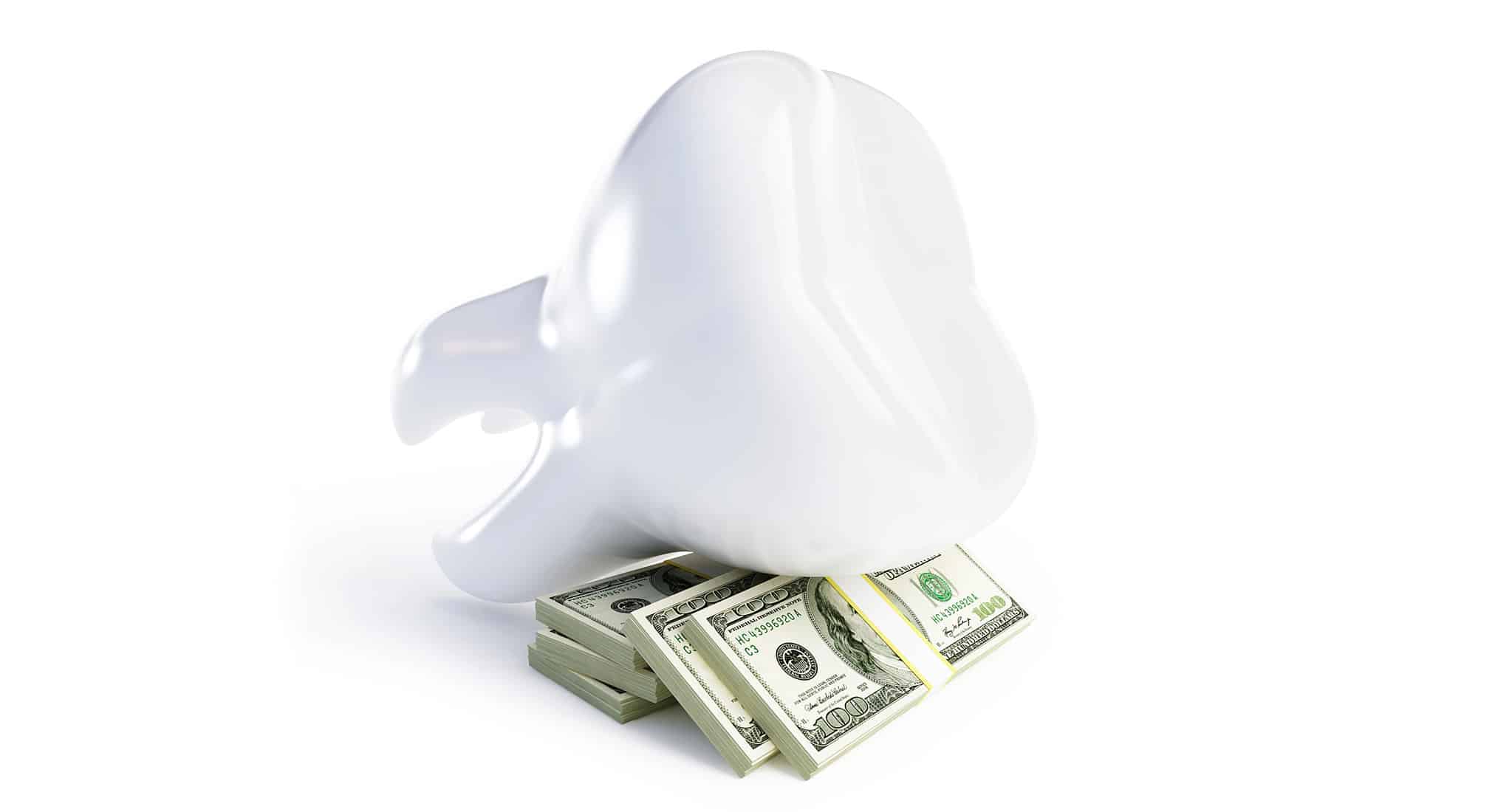Accounting for Dental Practices
Revenue Recognition in Dental Practice Bookkeeping
Revenue recognition is essential indental practice bookkeeping, and the choice between cash basis and accrual accounting depends on the practice’s specific needs and objectives. Here’s a detailed overview to guide your recommendation for your client:
1. Cash Basis vs. Accrual Basis Accounting
Cash Basis Accounting:
How It Works:
Revenue is recognized when cash is received, and expenses are recorded when paid. This method is straightforward and offers a clear view of cash flow.
Advantages:
- Simplicity: Easy to manage, as it aligns with actual cash movement in the business.
- Tax Benefits: Small practices often prefer cash basis accounting because they pay taxes only on income received, which can enhance cash flow management.
- Clear Cash Flow Picture: Enables practices to track available cash at any moment.
Disadvantages:
- Limited Financial Insights: Doesn’t provide a complete picture of outstanding liabilities or receivables, which can be problematic for growing practices with complex revenue streams.
- Inaccurate Profitability Tracking: Income and expenses might not align in the same period, leading to a distorted view of profitability.
Accrual Basis Accounting:
How It Works:
Revenue is recognized when earned (e.g., when a service is provided), and expenses are recorded when incurred, regardless of when cash changes hands.
Advantages:
- Matching Principle: Better aligns revenue with associated expenses, offering a more accurate profitability picture.
- Comprehensive Financial Insights: Provides a complete view of the practice’s financial health, including accounts receivable (AR) and accounts payable (AP).
- Growth Ready: Preferred as practices expand and revenue cycles become more complex.
Disadvantages:
- Complexity: More complicated to manage, often requiring advanced bookkeeping and accounting systems.
- Cash Flow Mismatch: May present a misleading view of cash flow since revenue might be recognized without corresponding cash in the bank.
2. Revenue Recognition under Accrual Accounting
Recognizing Revenue:
- Service Date: Revenue should be recognized when the dental service is provided, regardless of payment timing—typically on the date of the patient’s visit or procedure completion.
- Insurance Claims: Revenue is recognized when services are provided, but you must track the corresponding receivable until payment is received from the insurance company.
- Patient Payment Plans: Revenue is recognized at the time of service, with the receivable recorded and monitored over time.
Managing Accounts Receivable:
- Tracking Payments: Implement systems to monitor outstanding payments, including patient balances and insurance claims, possibly using practice management software integrated with your accounting system.
- Aging Reports: Regularly review aging reports for accounts receivable to track overdue payments and follow up as needed.
- Provision for Bad Debts: Consider setting aside a provision for bad debts if some receivables may not be collectible, ensuring a realistic revenue presentation.
Efficient Implementation:
- Practice Management Software: Utilize dental practice management software like Dentrix, Dental Intelligence, Yapi, Eaglesoft, or Open Dental, which typically includes modules for tracking billing and insurance claims, automating much of the revenue recognition process.
- Integration with Accounting Software: Ensure seamless integration between practice management and accounting software (e.g., QuickBooks Online or Xero) to streamline processes and ensure timely and accurate revenue recognition.
3. Recommendation
- For Smaller Practices: If the practice is small with straightforward transactions focused on cash flow, cash basis accounting may be the best choice. It’s simpler to manage and provides clear insights into available cash.
- For Growing or More Complex Practices: If the practice is expanding, has multiple revenue streams, or frequently deals with insurance claims and payment plans, accrual basis accounting is generally recommended. It provides a more accurate financial picture, which is crucial for growth planning, obtaining financing, or preparing for a sale or merger.
IRS publications that can be helpful for dental practices. Here are a few key ones:
- Publication 334: Tax Guide for Small Business – This publication covers various tax issues relevant to small businesses, including dental practices, and offers guidance on deductions, recordkeeping, and more.
- Publication 535: Business Expenses – This outlines what constitutes deductible business expenses, which can be particularly useful for dental practices to understand what they can deduct.
- Publication 583: Starting a Business and Keeping Records – This is useful for new dental practice owners, providing information on how to start a business and maintain proper records.
- Publication 463: Travel, Gift, and Car Expenses – If a dental practice incurs travel or vehicle expenses, this publication explains what can be deducted.
For more insights on buying or selling a dental practice, consider exploring our trusted dental practice partner DDSMATCH [ directed by Tony Counts], a platform dedicated to connecting dental professionals with opportunities that suit their needs. They provide valuable resources and support throughout the buying and selling process.




